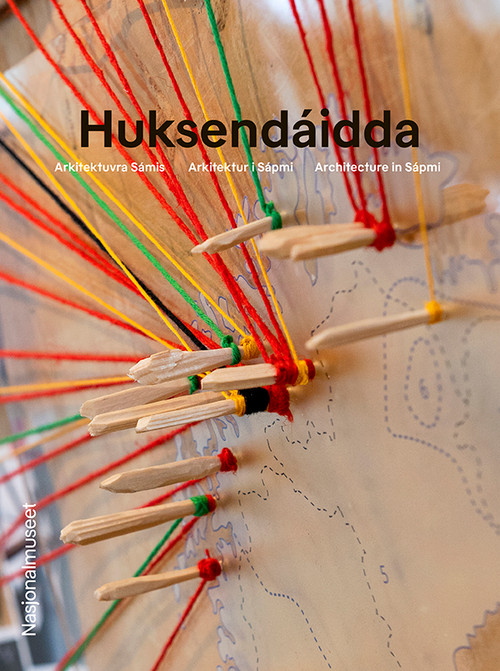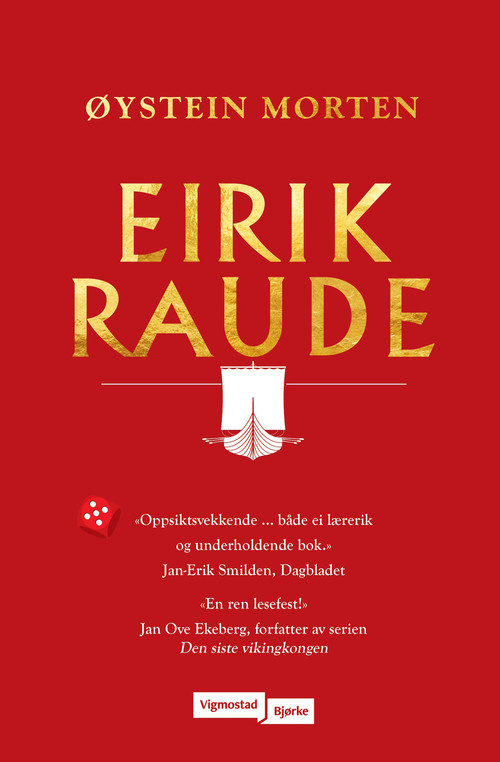The ordinary route between Bergen and Kirkenes was exposed to mines and fighting operations, and in the North they gradually chose to use smaller vessels for the dangerous speed. A total of 14 vessels went down during the war, over 700 lives were lost. Already on April 9, 1940, the route was closed, but soon the route had to be re-established, with allied aircraft, warships and submarines as a constant threat.
When Hitler's armored forces attacked the Soviet Union on Sunday, June 22, 1941, Churchill immediately promised to rescue the fighting Red Army. As a first solid expression of the support, a naval force was dispatched from the UK to Murmansk in August of that year - with orders to attack German convoy traffic along the Finnmark coast. In the next few weeks, British and Soviet submarines torpedoed a number of supply vessels on their way to the Eastern Front with troops, weapons and equipment. Civilian shipping in the same area was hit hard, and the lowering of the ships Richard With, Barøy, Haakon Jarl, Ottar Jarl and Vesteraalen with the loss of nearly 300 lives off the coast of West Finnmark in September and October 1941 created a mood of panic and disquiet. Entire families were exterminated. Tens of dozens of women and children perished in some of the most appalling tragedies of the war. This is the story, told by one of Norways best
nonfiction writer.






